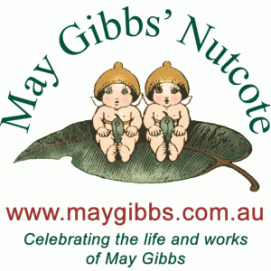
Years ago, when visiting Milan with a friend, on our train journey across the top of Italy to Bergamo, Lake Garda, Sirmione and Venice, we only set aside a brief time to explore Milan’s historic centre visiting its statue-spired, gothic duomo and its chic, 19th-century, double-barrelled-glass-arcaded Galleria Vittorio Emanuele 11, joining Piazza del Duomo and Piazza della Scala. We later sat high in the gods at La Scala, one of the world’s greatest opera houses, to watch Gustavo Dudamel conduct Mozart’s, Don Giovanni.

We also naively sidled up to the Dominican convent of Santa Maria delle Grazie to see Leonardo da Vinci’s, The Last Supper, only to be admonished for not booking six months prior. No amount of Aussie pleading gave way to a viewing.
But I have recently viewed and have come to understand this revolutionary renaissance artwork through the artistic and academic eyes of Dr Nick Gordon, during his recent limelight-arts-travel online lecture, Magnificent Milan.
Nick detailed the revolutionary aspect of The Last Supper in its ‘treatment of space and communication, the treatment of psychology through gesture amongst the apostles, the treatment of light and reflection, grouping and balance.’ I saw the parts of Leonardo’s masterpiece that created the whole. Adding to the importance of this work, we zoomers to this lecture, saw how close the world had come to losing this masterpiece when the area was bombed during WW11 (the nearby railway yard being the target).

There may be Roman columns in the middle of Milan exclaiming its importance as the 4th century capital of the Roman Empire, but as Nick showed, the concentric circles of medieval Milan have rippled outwards leading to innovative art, architecture and the creative reimagining and repurposing of its industrial fringe. It’s a visual timeline where antiquity meets medieval meets renaissance meets baroque meets … it’s where ‘artists, architects and town planners try and create a coherent set of structures.’

With the advent of the industrial era, by way of water-driven electricity and iron sources from the Alps, Pirelli soon emerges on the scene, as do Alfa Romeo and the textile company, Prada. Milan became the capital of manufacturing along with the art movement – Futurism, which was to be quashed during WW1.
Among the 20th-century artworks housed in Milan’s Museo del Novecento in Piazza del Duomo, some of its focus is on the anti-Fascist group of artists called Corrente. In 1948 they became the basis of Nuova Fronte (the New Front); its members defending ‘modern’ art when the Nazi campaign against degenerate art was spreading to Italy.

Milan hailed in the Swinging Sixties by edging out the fashion capitals of Rome and Florence as Versace and Armani set up their textile companies and fashion houses. In 2009, Milan garnered the title, Fashion Capital of the World.
Now, on Milan’s rippling outskirts, a new CBD is emerging. The early 20th-century locomotive factory with its giant hangars has been repurposed as an art museum called Pirelli HangarBicocca. MUDEC (the Museum of Culture) is a sleek museum also borne from an industrial plant. Armani has its Armani Silos – as Giorgio Armani says, ‘I decided to call it Silos because this building used to store food, which is, of course, essential for life. For me, just as much as food, clothes are also a part of life.’

Porto Nuova – the old railyard and industrial area has been transformed into Milan’s most futuristic district which, along with other sleek towers, showcases Bosco Verticale (Vertical Forest), two residential towers vertically planted with 800 trees, 5000 shrubs and 1500 perennial plants. How’s that for attracting bird and insects to the city, along with moderating temperatures, stifling noise and dust pollution, let alone creating an aesthetic balm for the soul.

Whether it’s travel of the mind or travel of the being, you may wish to check out limelight-arts-travel for its newsletter, its upcoming lecture series or expert-led cultural trips.






























































